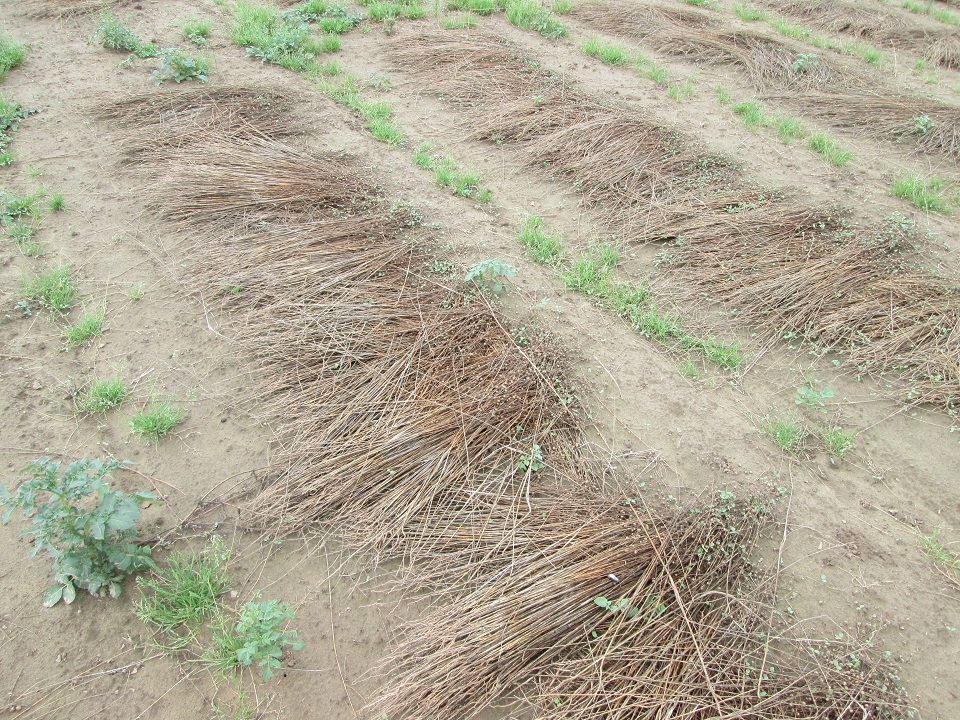For some years, fibre flax has been affected by a fungal disease already known in other crops: verticillium wilt. This disease weakens the fibres of the flax, which then become brittle; this leads to poorer quality, making them less profitable for flax producers. The pathogen responsible for verticillium wilt in flax, Verticillium dahliae, can survive for more than ten years in the soil, and there is currently no means of controlling it.
The PATHOFLAX project (2019 – 2022) is aimed at helping farmers control this disease. It brings together 11 partners from universities, research centres and industries from France and Belgium. The CRA-W is participating in the project by offering its expertise in the monitoring of verticillium wilt in flax in Wallonia, and developing molecular tools designed to detect the disease in soils and flax seeds at an early stage.
The CRA-W has visited nearly 100 plots in Wallonia, and the pathogen has been detected in the soils of most of these plots. Its abundance varies from one field to another, and it is unevenly distributed within the same plot.
By analysing the soils, we have therefore been able to determine the extent of the inoculum in the fields sampled, but does soil contamination mean that the flax grown there will automatically be affected by verticillium wilt? To answer this question, samples of flax were collected from the same plots at the time of retting. This stage follows the pulling of the flax and involves leaving the stems lying on the field for several weeks, to enable the industrial extraction of fibres. This is when the typical symptoms of verticillium wilt are visible: the stems turn blue and brittle. No clear correlation has yet been established between the extent of inoculum in the soil and the severity of the symptoms observed on flax during retting. This means that the expression of symptoms on retted flax is also affected by factors other than the concentration of the pathogen in the soil. An investigation has been conducted among farmers whose soils were analysed. The responses collected must now be analysed to identify the factors that affect the level of infection in the soil and the development of symptoms in flax. Based on the results obtained, cultivation practices non conductive to verticillium wilt in flax will be recommended to farmers.
For further information:
https://www.interreg-pathoflax.eu
https://www.cra.wallonie.be/fr/pathoflax
Funding:
Interreg V project subsidised by the Feder and the Public Service of Wallonia, grant 1.1.350 PATHOFLAX
Image:
Retting the flax on a trial plot




